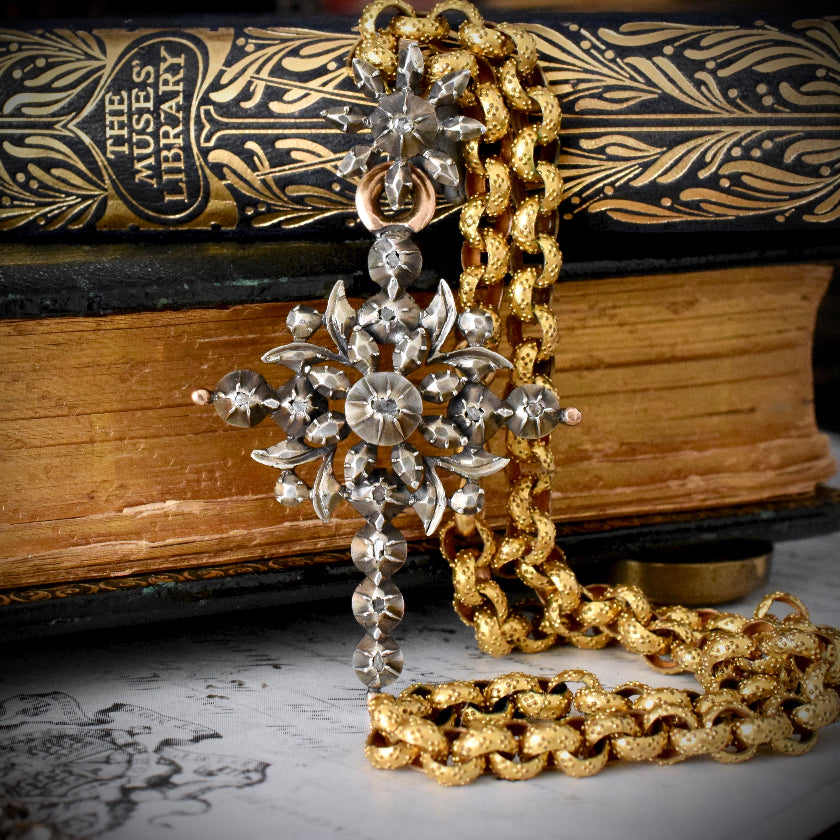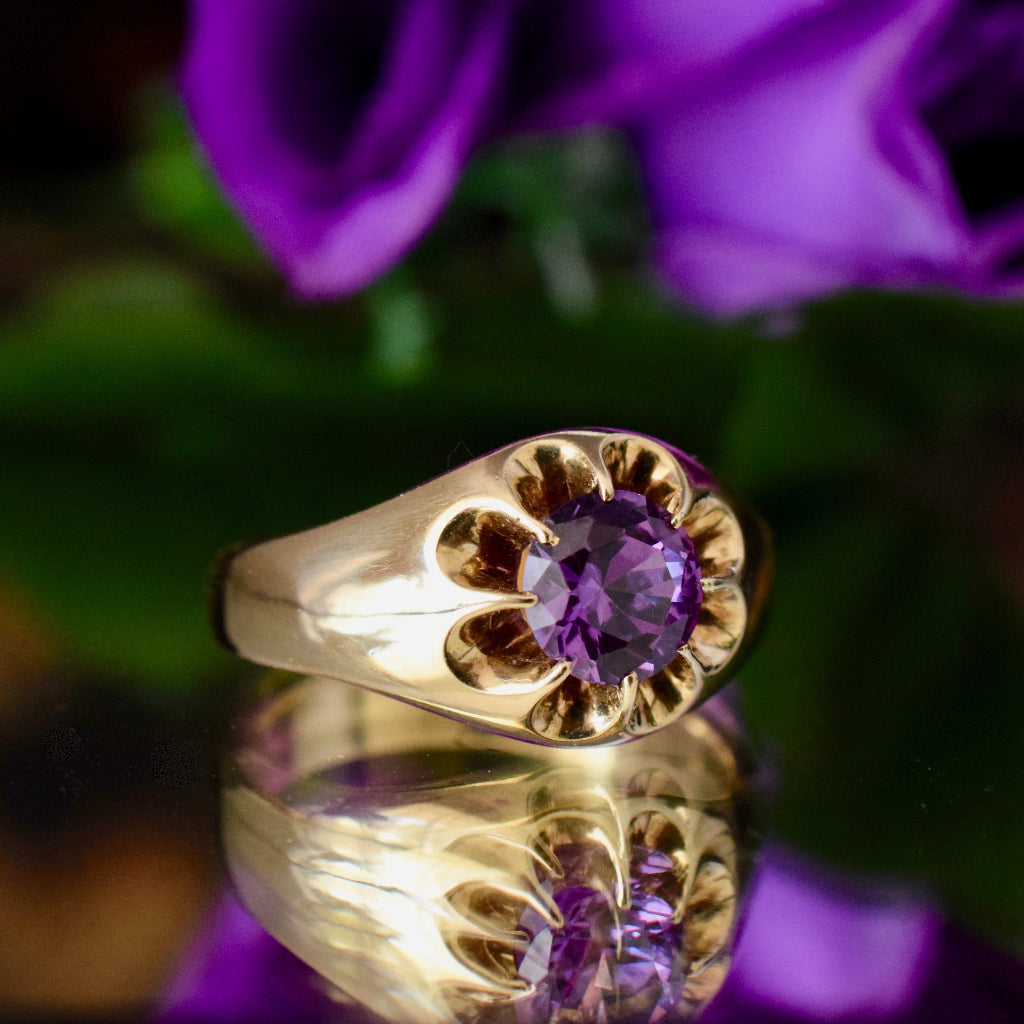The Edwardian Period: Optimism, Innovation & The Jewellery That Defined An Era

Antique Edwardian Wide Floral 9ct Yellow Gold Wedder/Band
(Sold)
The Edwardian period (1901-1910) spanned the reign of King Edward VII (Queen Victoria’s son) and is sometimes extended to the First World War (1914). Edward VII was already a leader of the fashionable elite, setting a style influenced by art and fashion of continental Europe. This period also marked the final era to be named after a reigning monarch.
Continental European fashion had an important impact, especially French fashion, referred to by many as La Belle Époque; the term used to describe the period between 1880 and the outbreak of World War I, characterised by optimism, peace, economic prosperity, technological and medical advancement and cultural innovation.

Jewellery design and craftmanship during the Edwardian era was largely influenced by King Edward himself. His love of all things expensive and decadent saw an overwhelming demand among the elite for elaborate yet pretty and well-made pieces by expert craftsman using valuable and long-lasting materials. During the beginning of the 19th century, the explosion of the Industrial Revolution meant for the first time in history, jewellery could be mass produced. However, by the end of the century (known as the fin de siècle) consumers had begun to refuse the idea of mass productive in favour of delicate, hand crafted jewellery.
Superb Antique Emerald & Diamond 'Navette' Style Ring
(Now Available)
Jewellers began embracing the Arts and Craft movement; a return to handmade jewellery that allowed for self-expression, creativity and artistic merit. This ornamental style of art is referred to as Art Nouveau; a distinctive stylistic approach that embraced long, sinuous organic lines drawing inspiration from Eastern cultures particularly Japan (Japonisme).

Changing necklines for women’s fashion allowed for beautiful chains suspended with delicate pendants (otherwise known as a Lavalliere). Long ropes of pearls or beads known as Sautoirs were extremely elaborate and long chains worn at full length falling past the waist was indicative of 19th century fashion.
Antique Late Victorian / Early Edwardian Amethyst Seed Pearl 9ct Pendant
(Available)
Rings were a major feature, bow and garland motifs with large centre stones were highly popular so to was stacking multiple rings; the bigger the better! Floral designs were very influential during this period, it was typical to find artistic expression used in jewellery making. Rings featuring ornate floral, decorative design were popular choices and are as sought after today as they were 100 years ago!
(Credit Vandenbosch UK)
Despite its influence, the Edwardian period came to an abrupt end with the death of King Edward in 1910. Life as society knew it was on the verge of changing forever; the once opulent and carefree nature was soon to be replaced by the challenges and tragedy of the pending First World War. Jewellery, once a major part of society and fashion would disappear almost overnight. The pieces that have survived over the past 110 years are a testament to the impeccable craftsmanship of the era, deserving of every accolade. A true collectors dream!
Modern English History: The Edwardian Era (1901-10)
A Brief History of Edwardian Jewellery
Edwardian Jewellery 1910-1915

